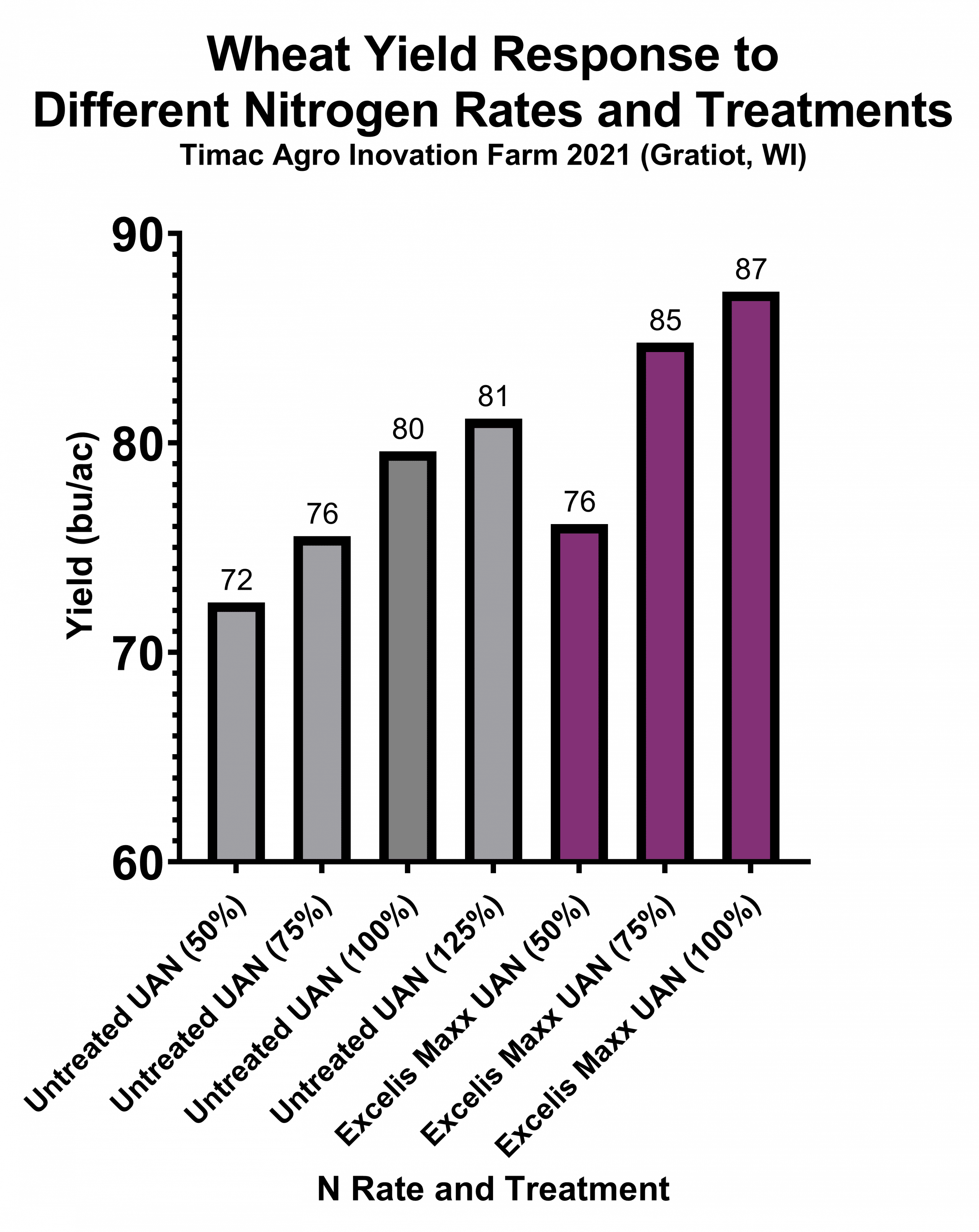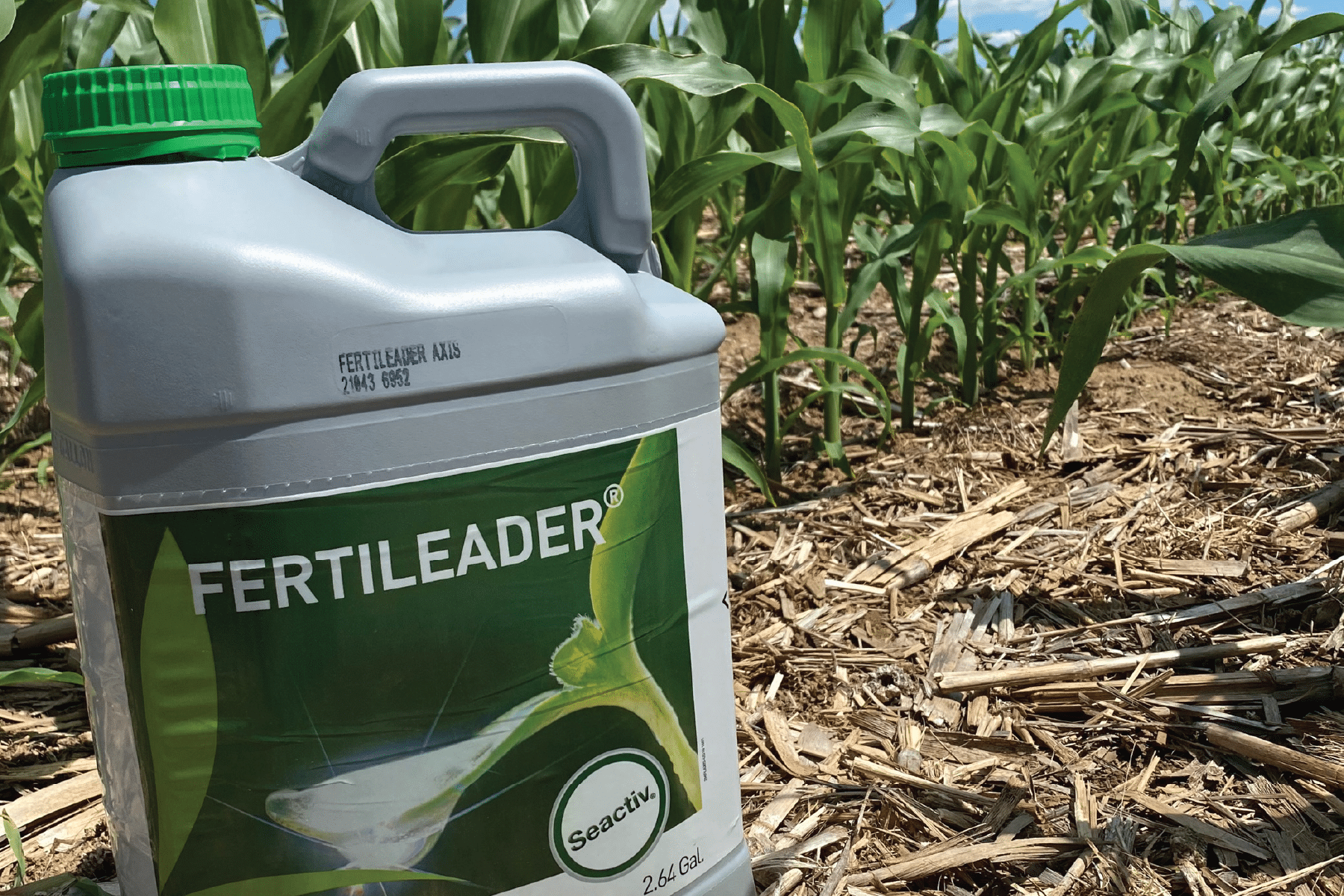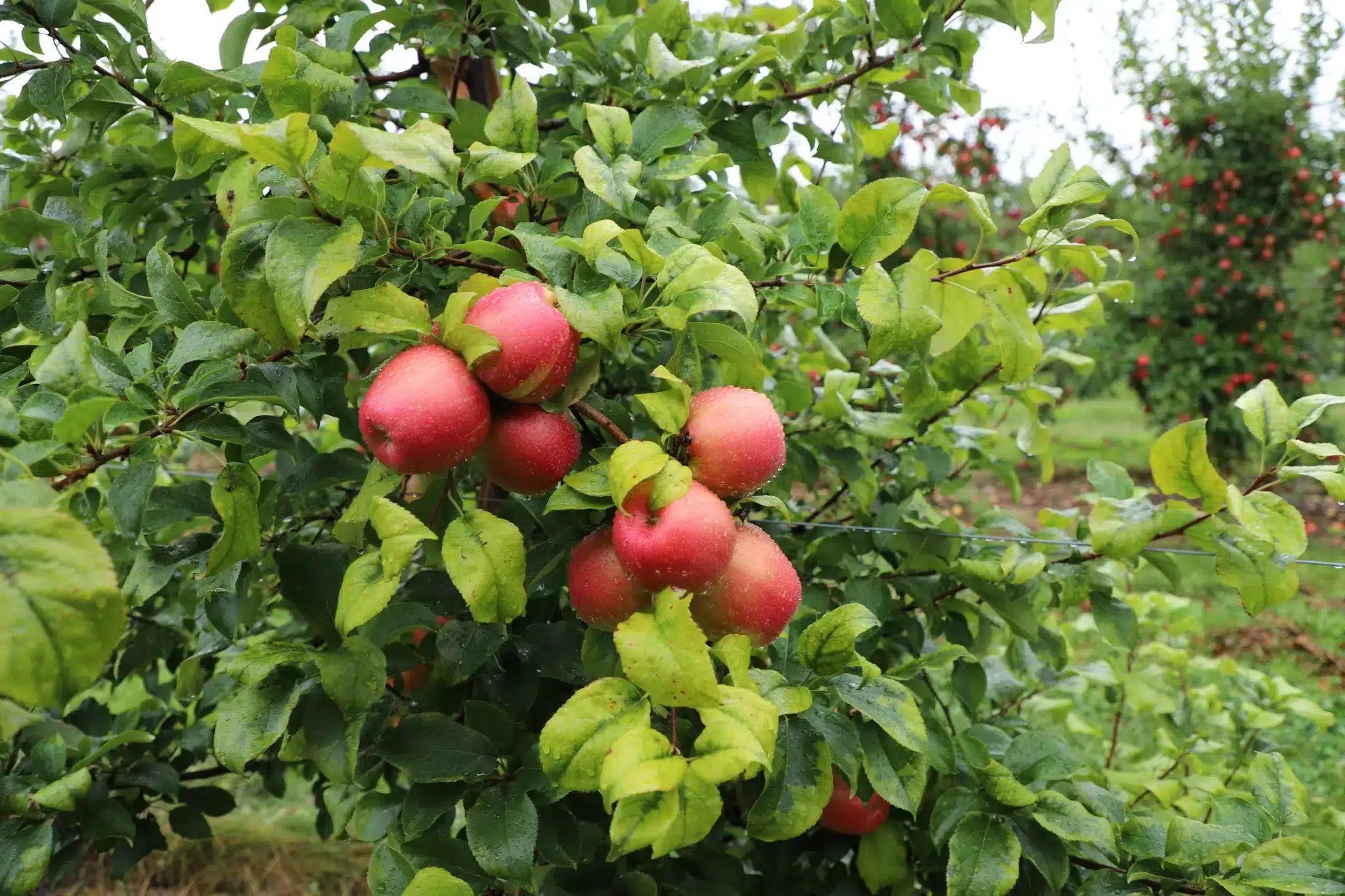Fertilizer prices are reaching heights not seen in several years, driven by strong demand and higher input costs. According to a recent article from Farmdoc Daily (University of Illinois), this trend should continue well into 2022.
Retail fertilizer prices compared to a year ago show all fertilizers have increased significantly. Just in the nitrogen category, urea is 71% more expensive, UAN32 is 78%, and UAN28 is 83% higher when compared to last year (source DTN).
Nitrogen Role on Winter Wheat
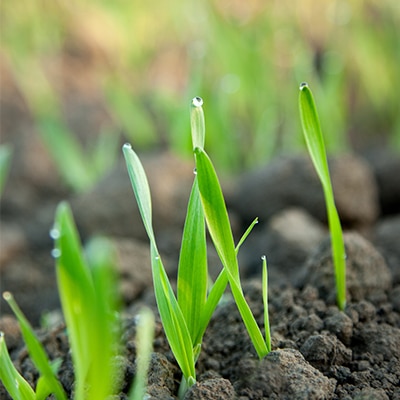
In the case of winter wheat production, nitrogen can often be the most yield-limiting nutrient. With fertilizer prices this year, it is critical to protect the nitrogen we apply. Nitrogen is responsible for promoting tillering, enabling photosynthesis, and building protein in the grain. – Penn State University
The two most common nitrogen fertilizer sources used for wheat production are granular urea and urea ammonium nitrate (UAN) solution.
How Nitrogen is Lost?
Nitrogen loss occurs through three methods, leaching, volatilization, and denitrification. UAN solutions contain three forms of nitrogen: Urea (50%), Ammonium (25%) and Nitrate (25%). Excessive moisture drives leaching of nitrates (NO3-) which occurs as water drives the nitrogen deep into the soil, out of the plants root zone. UAN with 50% of its nitrogen being Urea (CH4N20) is subject to volatilization or urea-hydrolysis. In this process, Urea is combined with water and forms ammonia, which evaporates into the air. Even small amounts of moisture such as morning dews can drive this form of loss.
Once Urea is in the soil, it joins with hydrogen and is prone to denitrification. All nitrates are subject to denitrification. In this biologically driven form of nitrogen loss, soil microbes utilize the oxygen in nitrate, leaving behind nitrous and dinitrous oxides which are released into the atmosphere and not into our plants. The point becomes clear, even when using split applied methods of nitrogen management, it’s crucial to protect your nitrogen investment.
The Value of a Nitrogen Stabilizer
The use of nitrogen stabilizers is a key component to slowing environmentally driven nitrogen loss. EXCELIS MAXX®, by TIMAC AGRO USA, combines three modes of action for improved nitrogen use efficiency. Our technology combines a stabilizer (NBPT and DCD), with soil microbial activators, that increase plant productivity and nitrogen utilization. This ensures more of your nitrogen gets into the plant, in turn, leading to significant yield gains, improving your bottom line.
Nitrogen Stabilizer EXCELIS MAXX Features
- The LCN Inhibitor Complex
- NBPT –urease inhibitor to control nitrogen loss due to volatilization
- DCD –nitrification inhibitor to reduce risk of leaching and denitrification
- Phenolic Extract -reduces oxidation of NBPT which improves its longevity
- Rhizovit® Complex – soil microbial activator
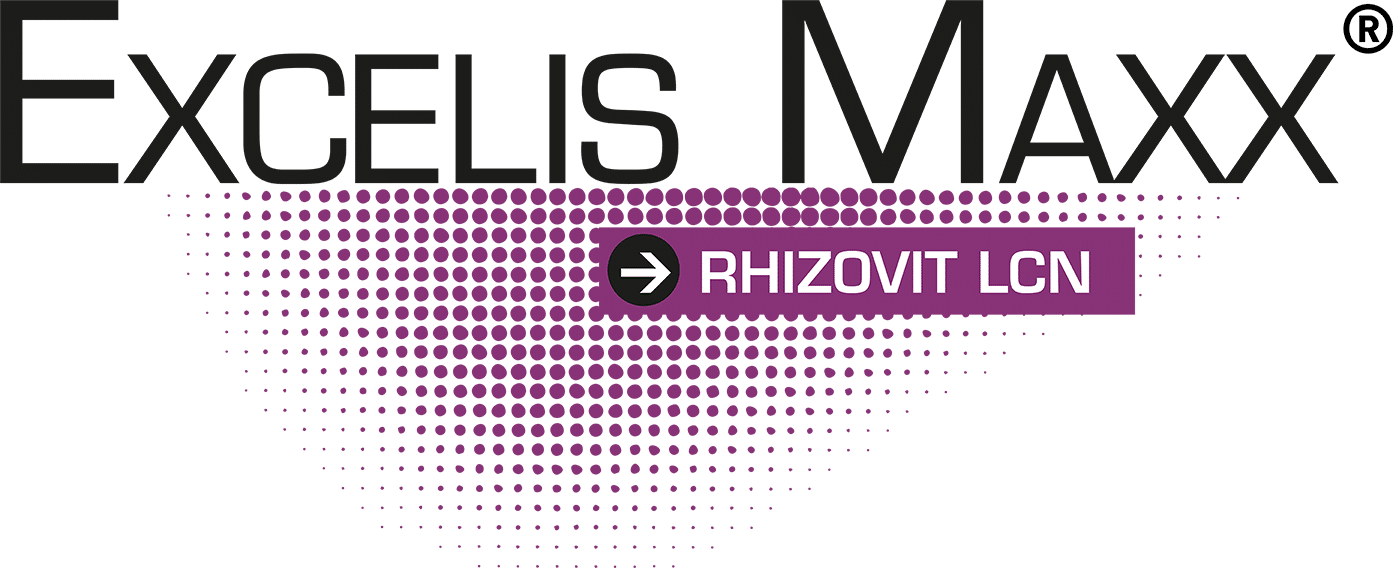
Nitrogen Additive Response in Wheat
In 2021 our Research & Development team studied nitrogen management on our Innovation Farm in WI. The trial was conducted in a 4 replicate, randomized complete block design. We utilized different nitrogen rates and treatments to demonstrate the effects nitrogen stabilizers can have on wheat yields. In the chart, the 75% N rate treated with EXCELIS MAXX yielded better than both the 100% N rate and 125% N rate. Even just treating UAN at 100% showed a yield benefit of 7 bu/ac.
